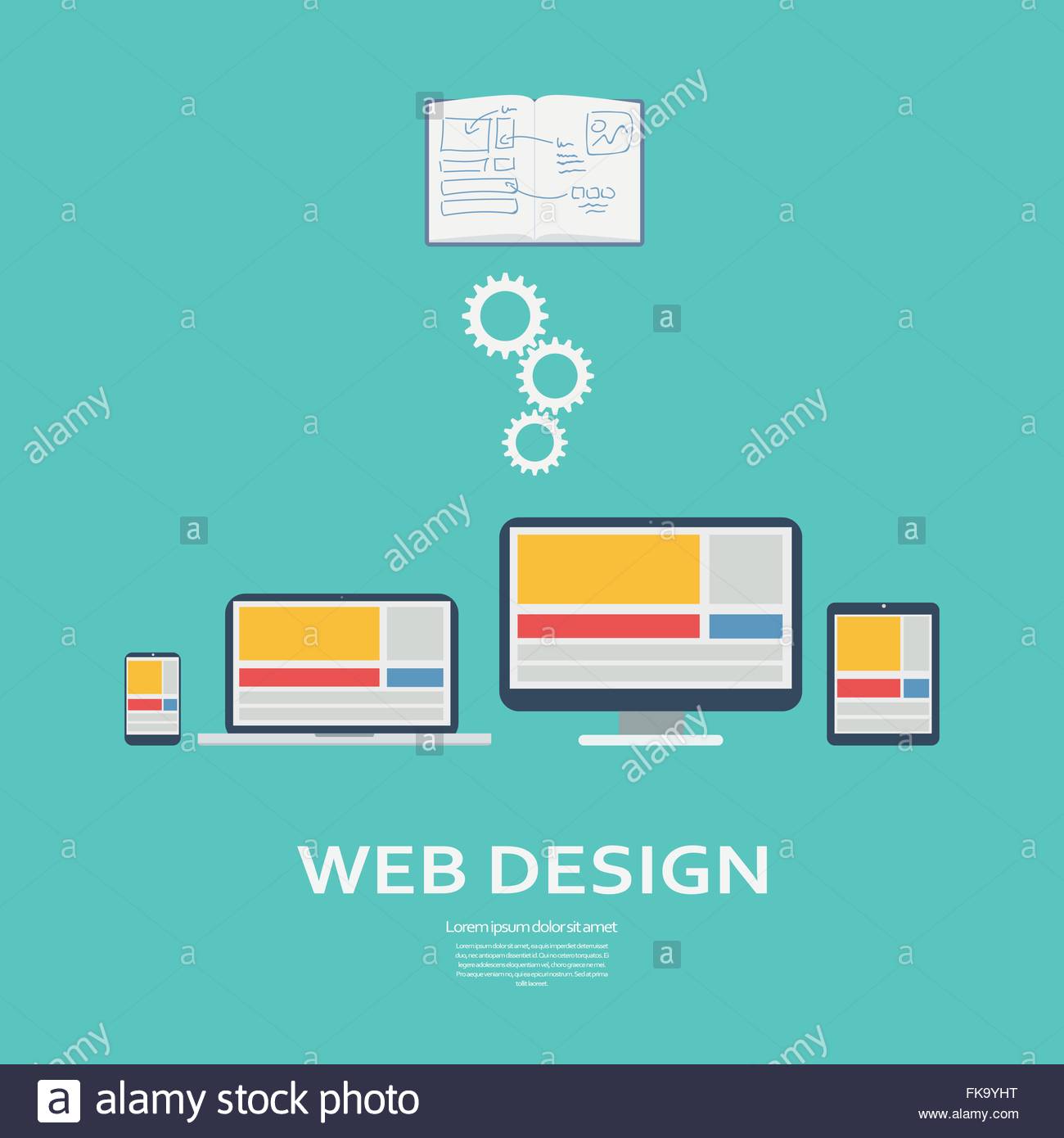The Advancement Of Web Site Style: From Earlier Times To Currently
The Advancement Of Web Site Style: From Earlier Times To Currently
Blog Article
Staff Writer-Pappas Trolle
In the past, internet sites were basic and focused on details. Navigation was straight, and design was for desktop computers. Now, individual experience is vital. Information guides styles for easy navigating. Receptive formats fit different devices. Today, dark mode minimizes strain, and minimal menus enhance navigating. Interactive functions involve individuals, and vibrant visuals stick out. AI combination boosts interaction. See how design has developed to improve your online trip.
Early Days of Web Design
In the very early days of web design, simplicity preponderated. Web sites were basic, with minimal colors, typefaces, and layouts. The focus was on giving information as opposed to showy visuals. Customers accessed the net through sluggish dial-up connections, so rate and performance were crucial.
Navigating menus were straightforward, typically located at the top or side of the web page. Internet sites were designed for computer, as mobile surfing wasn't yet prevalent. Material was king, and designers prioritized simple readability over complicated design elements.
HTML was the primary coding language utilized, and developers needed to function within its constraints. Animations and interactive features were minimal contrasted to today's requirements. Internet sites were fixed, with little vibrant web content or personalized individual experiences.
Increase of User-Focused Layout
With the advancement of site design, a change in the direction of user-focused style concepts has actually become progressively noticeable. Today, creating websites that focus on individual experience is vital for engaging site visitors and attaining organization goals. User-focused style entails understanding the demands, choices, and habits of your target market to tailor the site's design, content, and includes accordingly.
Designers currently carry out thorough research, such as user studies and functionality testing, to collect insights and comments straight from individuals. This data-driven technique assists in producing user-friendly navigation, clear calls-to-action, and aesthetically attractive user interfaces that reverberate with site visitors. By positioning the user at the facility of the style procedure, internet sites can deliver an extra customized and enjoyable experience.
Responsive layout has actually also emerged as a key element of user-focused layout, guaranteeing that internet sites are maximized for numerous devices and display dimensions. This versatility boosts ease of access and usability, catering to the diverse methods individuals communicate with internet sites today. Essentially, the increase of user-focused style symbolizes a shift towards developing electronic experiences that focus on the requirements and assumptions of completion individual.
Modern Trends in Web Design
Check out the most up to date trends shaping web design today. One prominent fad is dark mode design, using a streamlined and modern look while reducing eye stress in low-light settings. Another crucial pattern is minimal navigating, streamlining food selections and improving user experience by focusing on essential elements. Incorporating micro-interactions, such as animated buttons or scrolling impacts, can produce a much more engaging and interactive web site. Responsive design continues to be important, guaranteeing seamless user experiences throughout numerous tools. Additionally, utilizing strong typography and asymmetrical formats can include aesthetic rate of interest and accentuate details web content.
Integrating AI technology, like chatbots for consumer support or individualized recommendations, enhances individual engagement and streamlines processes. visit this backlink has additionally end up being a significant trend, with designers focusing on comprehensive design techniques to satisfy varied user demands. Welcoming sustainability by enhancing site efficiency for rate and performance is another emerging trend in website design. Collaborating with customer feedback and information analytics to iterate and boost style continuously is necessary for remaining relevant in the ever-evolving electronic landscape. By welcoming these modern-day trends, you can produce an aesthetically enticing, user-friendly internet site that reverberates with your target market.
https://smallbiztrends.com/2020/04/digital-marketing-during-a-pandemic.html
As you assess the evolution of web site design from the very early days to currently, you can see just how user-focused design has actually become the driving force behind modern-day fads.
Embrace the trip of change and adjustment in website design, constantly keeping the individual experience at the forefront.
Tippingpointdigital
Stay existing with the current fads and innovations, and never stop evolving your approach to create aesthetically spectacular and easy to use internet sites.
Progress, adapt, and develop - the future of web design is in your hands.
